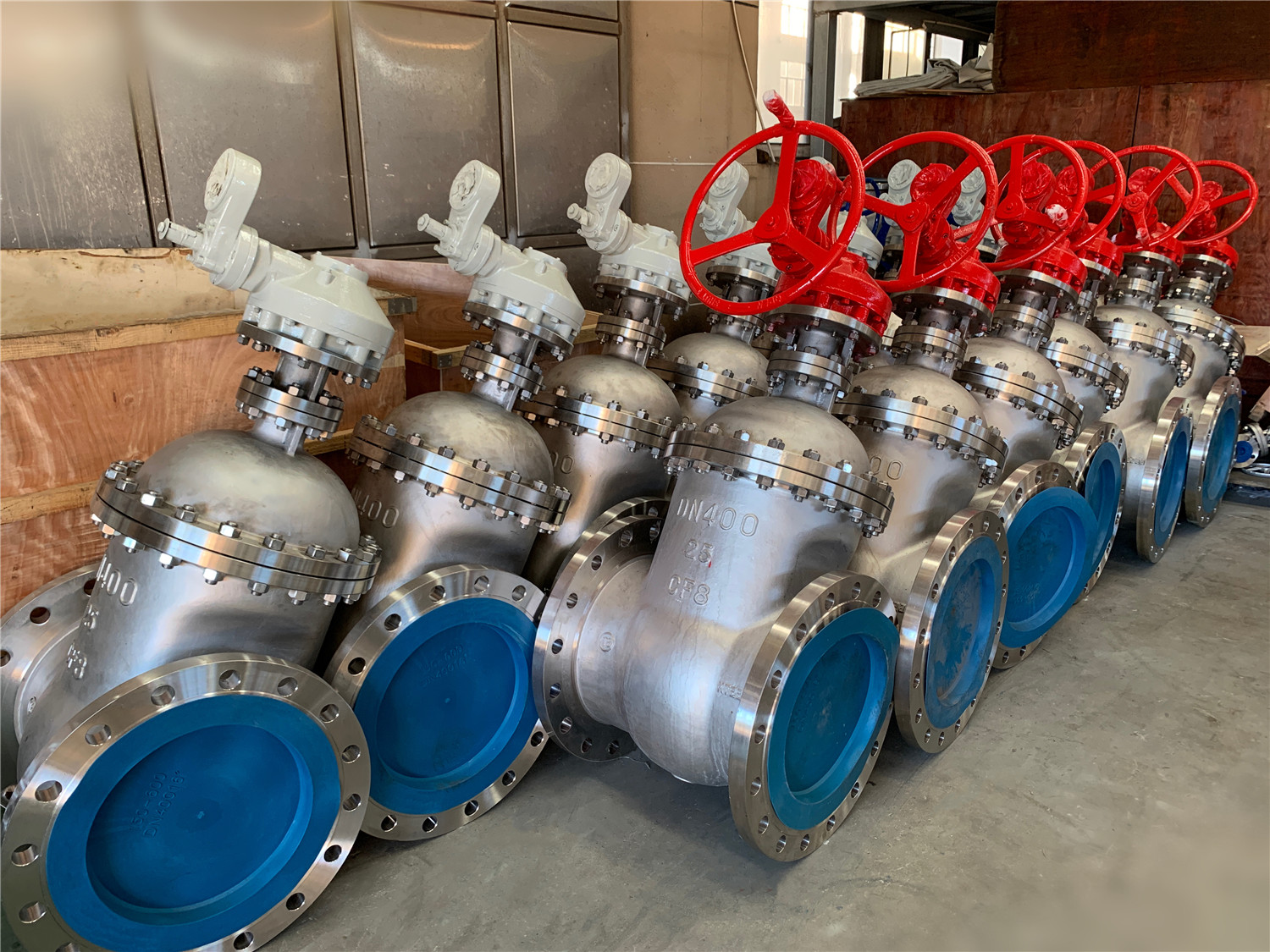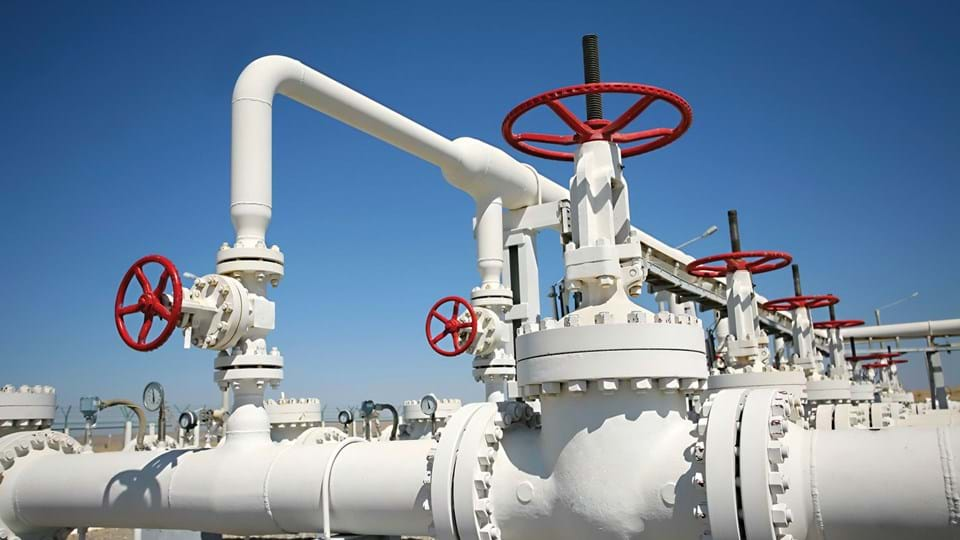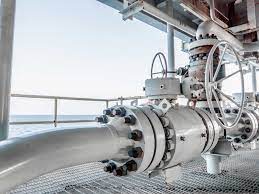
Industrial valves have been an integral part of various industries for centuries, enabling the control and regulation of fluid and gas flow. However, the environmental impact of these valves, particularly in relation to leakage and waste generation, has become a growing concern. Let’s explore the significance of addressing the environmental impact of industrial valves and discuss strategies to mitigate leakage and reduce waste. By adopting advanced technologies and implementing effective leak prevention measures, businesses can minimize their ecological footprint while also benefiting economically.
Technological Advancements in Valve Design and Usage
Over the years, valve designs have evolved significantly, adapting to the needs of various industries. From simple designs to complex mechanisms, manufacturers have focused on improving valve performance and efficiency. Technological advancements have played a crucial role in this evolution, allowing for more accurate control of fluid and gas flow. Modern valve technologies also feature enhanced sealing and leak prevention mechanisms, reducing the likelihood of leakage and waste generation. The integration of digital systems has further facilitated remote monitoring and control, enabling prompt detection and response to potential issues.
Importance of Modern Valve Technologies
The adoption of modern valve technologies offers various benefits for businesses and the environment alike. One significant advantage is increased efficiency and accuracy in controlling fluid and gas flow. By ensuring precise regulation, industries can minimize energy consumption and reduce their environmental impact. Advanced sealing mechanisms significantly reduce the risk of valve leakage. The prevention of leaks not only preserves valuable resources, but also prevents environmental contamination caused by the release of harmful substances into soil, water, and air. The integration of digital systems also enables remote monitoring, which facilitates early detection of anomalies and prompt rectification, reducing the risk of extensive damage and waste generation.
Economic Impact of Valve Leakage
Valve leakage can have substantial financial implications for businesses and industries. The costs associated with repair, replacement, and the resulting product loss can quickly accumulate. The loss of valuable resources due to leakage can also lead to increased operational expenses. However, by implementing effective leak prevention measures, such as proper maintenance and regular inspections, businesses can minimize these financial burdens. Investing in technologies and practices that prevent leakage and extend the lifespan of valves can result in significant cost savings in the long run.
Understanding Valve Leakage
Valve leakage can occur internally or externally, and both types have detrimental consequences for the environment. Internal leakage refers to leaks that occur within the valve, while external leakage involves leaks in the surrounding piping system. Valve leakage contributes to environmental contamination and resource wastage, thereby exacerbating the ecological impact. Addressing and preventing valve leakage is paramount for industries committed to sustainable practices.
Environmental Contamination
Valve leakage poses a considerable threat to the environment, particularly in terms of soil, water, and air contamination. When valves leak, pollutants can seep into the soil, compromising its quality and potential for agricultural use. This contamination can also affect natural water sources, leading to water pollution and ecosystem disruption. Moreover, when gasses or vapors escape through valve leaks, they contribute to air pollution. Preventing valve leakage is crucial for safeguarding these vital environmental resources and minimizing the impact on both human and ecological health.
Resource Wastage
In addition to the environmental consequences, valve leakage also results in significant resource wastage. Every drop or unit of fluid that is leaked represents a loss of valuable resources. This wastage directly affects industries, as it translates into increased costs and reduced operational efficiency. By implementing effective strategies for leak prevention, industries can minimize resource wastage and optimize their operations.
Strategies for Leak Prevention
To mitigate valve leakage and reduce waste generation, businesses should follow several key strategies. First, installation best practices should be adhered to, ensuring proper sealing, connection, and alignment of valves within the piping system. Regular maintenance and inspections play a crucial role in identifying early signs of valve degradation and potential leakage. Partnering with reputable valve manufacturers can ensure the use of high-quality valves that are less prone to leakage. The versatile Chaoda valves (cast carbon and stainless steel gate, globe, and swing check valves), known for their reliability and innovative designs, offer a range of products that prioritize leak prevention and durability. By choosing trusted manufacturers, businesses can enhance their leak-prevention efforts.
Extending Valve Lifespan
Maximizing the lifespan of valves not only contributes to leak prevention but also offers various benefits for businesses and the environment . Proper maintenance practices, such as regular lubrication and cleaning, can significantly extend the lifespan of valves. Additionally, providing adequate training to personnel involved in valve operation and maintenance ensures the correct handling and care of these critical components. By investing in the proper training and maintenance of valves, businesses can reduce the need for frequent replacements, minimize waste generation, and enhance their operational efficiency.
Final Words
Industrial valves have been a critical component in various industries for centuries, enabling the control and regulation of fluid and gas flow. However, their environmental impact, particularly in terms of leakage and waste generation, has become a pressing concern. By adopting advanced technologies, implementing effective leak prevention measures, and partnering with reputable valve manufacturers, businesses can significantly reduce their ecological footprint while also benefiting economically.
Preventing valve leakage is not only essential for preserving the environment but also for minimizing resource wastage. Each drop or unit of fluid that escapes through leaks represents a loss of valuable resources. By implementing effective strategies for leak prevention, businesses can minimize this resource wastage and optimize their operations. Proper installation practices, regular maintenance, and thorough inspections play key roles in identifying and addressing potential leakage issues. By extending the lifespan of valves, businesses can reduce the need for frequent replacements, ultimately reducing waste generation and operational expenses.
Addressing the environmental impact of industrial valves requires a proactive approach. By embracing advanced valve technologies, businesses not only reduce their ecological footprint but also reap economic benefits through increased efficiency and cost savings. Preventing valve leakage preserves valuable resources and prevents environmental contamination. By following proper maintenance practices and partnering with reputable manufacturers, businesses can achieve sustainable practices and minimize waste generation, and contribute to a greener, more efficient industrial landscape, ensuring a sustainable and responsible future for all.





